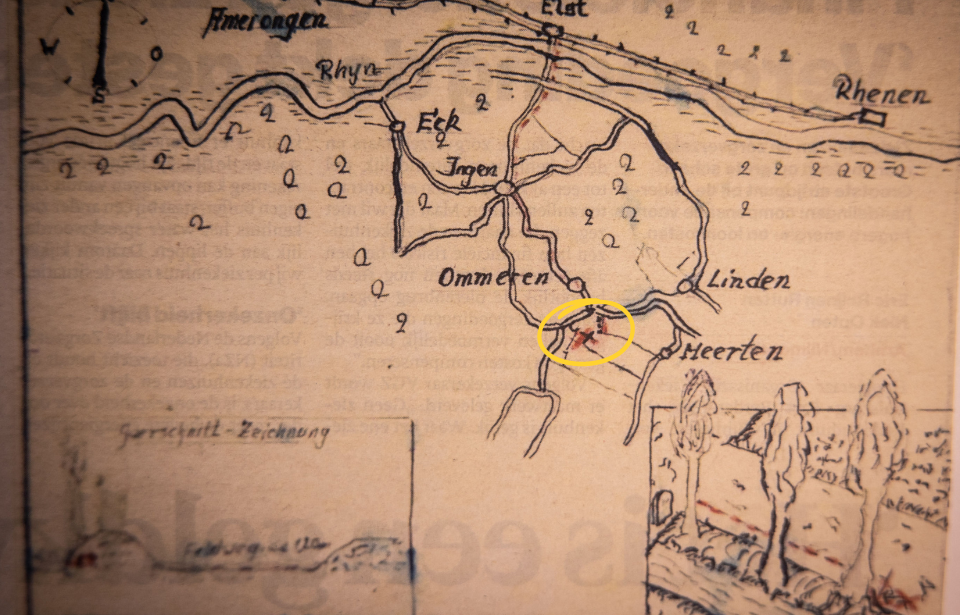At the beginning of 2023, the Dutch National Archives released documents that had been deemed ‘confidential’ to the public, following what is typically a 75-year confidentiality term. Within these documents was a hand-drawn treasure map with an ‘x’ to mark the spot of the buried goods. Hidden by German soldiers near the end of the Second World War, news of the buried treasure sparked a massive modern-day treasure hunt in January, with the loot having yet to be found.
Burying the treasure
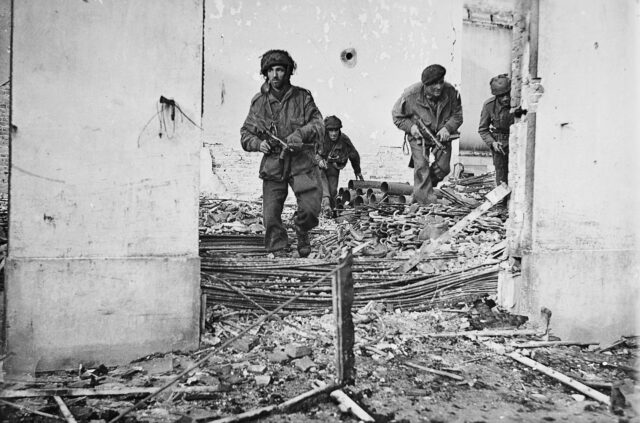
Back in the fall of 1944, the Allied forces launched Operation Market Garden, which was a failed attempt at crossing the Rhine into the Netherlands. During the operation, bombs destroyed a bank in Arnhem, which broke open the safe and scattered valuables, such as gold coins, jewels, diamonds, and watches, all onto the streets. Four German soldiers witnessed this and pocketed as much of the treasure as they could.
In this skirmish, the Allies eventually retreated, but they pushed forward with another operation in April 1945. This time, the four soldiers decided they were going to hide their looted treasure to keep it safe; as Annet Waalkens, an adviser at the National Archives, explained, “They decide to bury the treasure, because it’s just getting a bit too hot under their feet and they’re getting scared.” So, they packed everything away in four zinc ammunition boxes and buried them in the roots of a poplar tree, about less than 3 feet deep, 18 miles east of Arnhem, just outside the village of Ommeren. The soldiers then retreated with the German Army.
The word of Helmut S.
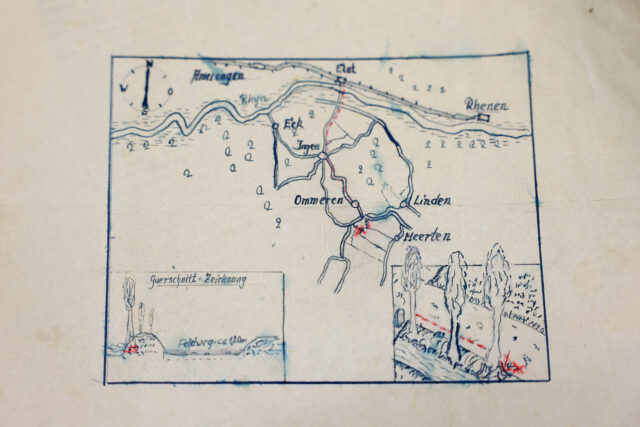
It is possible that this buried treasure would have never been searched for had it not been for Helmut S., one of the four soldiers who spoke openly about the hoard back in Berlin. “He was a bit loose-lipped,” Waalkens explained. Helmut S. wasn’t one of the original looters of the treasure, but he was one of the ones who buried it in Ommeren. Born in 1925, his full name has been withheld in the small chance that he is still alive today.
Helmut’s story reached the attention of the Beheerinstituut, the Dutch Institute of Asset and Property Management, who then determined that, based on his testimony, the value of the treasure was between two and three million Dutch guilder in 1945 (about $20 million in today’s US dollar value). Additionally, with the help of Helmut, they were able to pinpoint the whereabouts of the treasure in a drawn map, with “x” marking the spot.
Previous searches and the modern-day treasure hunt
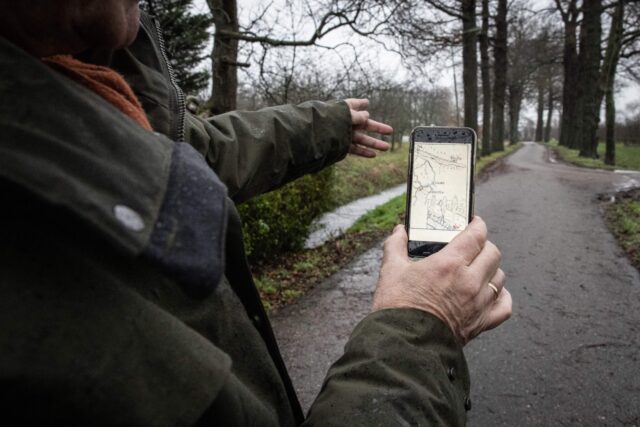
Between 1946 and 1947, the institute conducted three searches for the buried treasure. The first was unsuccessful, as the ground was too frozen to be dug up. The second included the use of rudimentary metal detectors but also proved unsuccessful, and the third enlisted the help of Helmut himself, returning him to the area as an eyewitness, but still, the search turned up nothing. The institute then put away its metal detectors and confidentially archived the map to protect the interests of the treasure’s owners.
Nearly 80 years later, the National Archives of the Netherlands released the map to the public and, with it, a file of all the failed attempts by the Dutch state to find the treasure. However, former failed attempts did not prevent hundreds of modern-day detectorists from trying to find the loot for themselves. “A lot of researchers, journalists and amateur archaeologists are really interested and excited,” Waalkens said early on when the document was released. With shovels in hands, these fortune seekers dug up so many holes in the Ommeren area that the mayor had to urge them to stop.
Efforts proved fruitless, as the treasure still has yet to be found. However, it is likely that people will continue to use the map to try and source out the buried goods until they are eventually found.
Theories as to its whereabouts
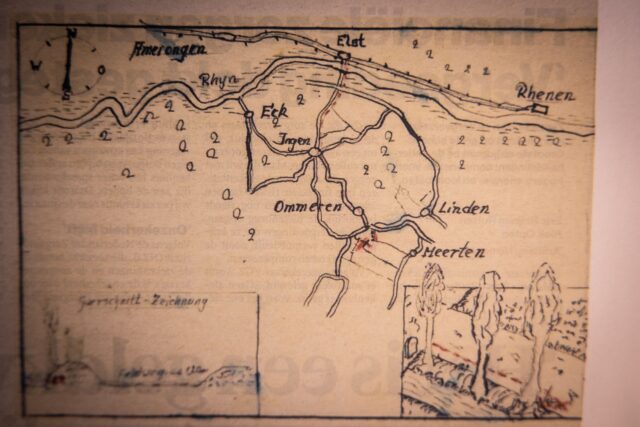
With all of the work these modern-day treasure hunters put in to try and find the buried treasure, several theories are going around with reasons as to why it hasn’t been located yet. Some believe that Helmut misremembered the location of the buried loot, as his account said that the bombing that broke open the safe occurred in August 1944, when in reality, the Allies never bombed Arnhem during that month.
Others believe that the treasure has already been found. Whether it had been by someone who saw the original burial and dug it out for themselves or by US soldiers who were alerted to the possibility of buried riches and sought it out after the war, some think that the treasure is no longer in Ommeren. Another possible theory is that one of the other three soldiers recovered the loot right after the war. While two of them were known to have been killed in the final days of the war, the third one simply disappeared. It is possible he went back, found the treasure, and lived off of it for years.
Read more: Amateur Treasure Hunter Discovers Incredibly Rare Piece Of English History
Some even say that there never was any treasure and that Helmut made the whole thing up because he wanted protection from the Allies. With the hostility of the Soviet forces toward the Germans once they occupied Berlin, this theory is not unlikely.
For now, the mystery of the buried treasure still remains.
